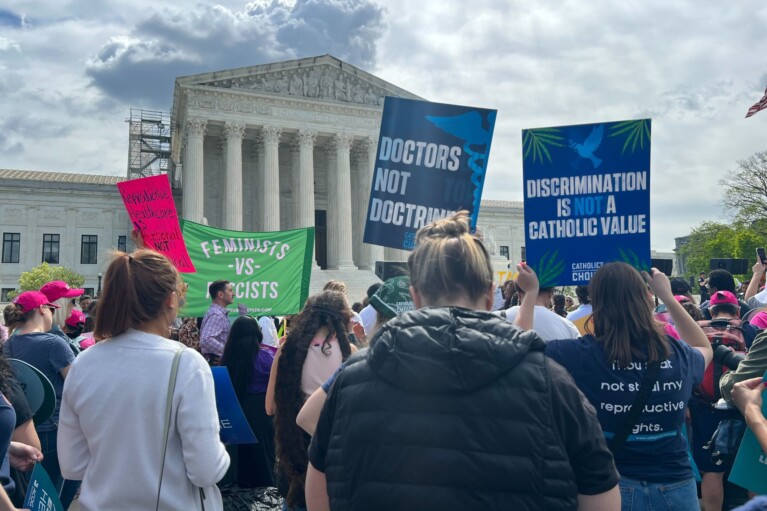A report released Monday found that Maryland has declined in its overall rating for child well-being, ranking 24th of 50 states.
The Annie E. Casey Foundation’s 2021 KIDS COUNT Data Book is an annual report that analyzes how families in every state have fared between the Great Recession up to the start of the COVID-19 pandemic based on their general economic well-being, health, education and other factors.
The 2021 report, which does not capture the impact felt by families in the past year, found that Maryland dropped three spots in rank since the last report — from 21st to 24th.
“The Data Book shows simply returning to a pre-pandemic level of support for children and families would shortchange many children and fail to address persistent racial and ethnic disparities,” Mariama Boney, interim executive director of Advocates for Children and Youth, said in a statement.
Data compiled for the report concluded that in 2019:
- 157,000 Maryland children lived in homes with incomes below the federal poverty level;
- 48,000 youths had no health insurance; And
- 53,000 lived in high-poverty areas.
Additionally, 51% of Maryland children between 3 and 4 years old were not enrolled in school from 2017 to 2019.
“We must continue to work … to improve child well-being so that every young person can achieve their full potential,” said Boney, “It is no longer an option but a necessity.”
Data pulled from surveys conducted in 2020 found that 9% of adults with minor children in their household did not have health insurance during the pandemic, but that number had reduced by 2% in March 2021.
According to the news release, the report is supportive of measures taken by lawmakers during the 2021 legislative session to bolster community supports and confront disparities, including efforts to address education and healthcare inequities and create more economic support for families.
“These statistics are not just numbers as they represent the lives of our children,” said Nonso Umunna, research director at Advocates for Children and Youth. “Crafting recommendations to invest in children, families, and communities is a priority to ensure an equitable and expansive recovery.”
Editor’s Note: This story was updated to reflect updated figures released by the Annie E. Casey Foundation on June 23. The number of children that lived in high-poverty areas in 2019 is 53,000, not 56,000 as originally reported.




 Creative Commons Attribution
Creative Commons Attribution